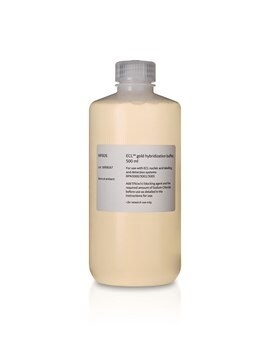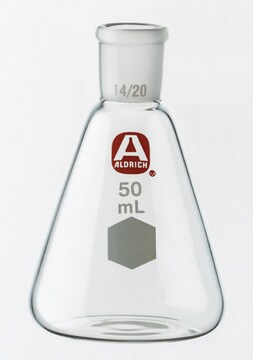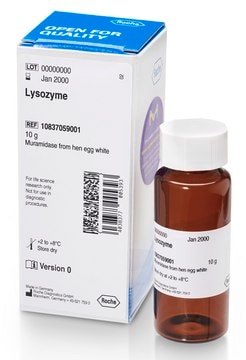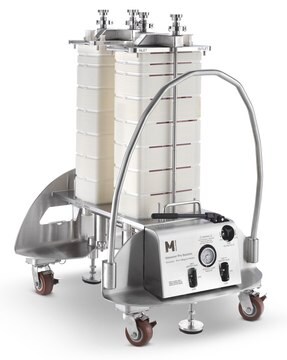GERPN3001
ECL™ Direct Nucleic Acid
Cytiva RPN3001, pack of 1 ea
About This Item
Empfohlene Produkte
Verpackung
pack of 1 ea
Hersteller/Markenname
Cytiva RPN3001
Lagertemp.
2-8°C
Verwandte Kategorien
Allgemeine Beschreibung
Anwendung
Each system includes the following reagents, sufficient for labeling 5 to 10 μg nucleic acid and detecting 2000 to 4000 cm2 of membrane (depending on product ordered): labeling reagent, crosslinker, control DNA, blocking agent, ECL™ Detection Reagents, and ECL™ Gold Hybridization Buffer.
Leistungsmerkmale und Vorteile
- Direct probe labeling in a 10 min reaction, 1 h from hybridization to detection with ECL™ Direct, Hybond® N+, and Hyperfilm ECL.
- Eliminates handling, waste, and regulatory issues associated with the use of radioactivity.
- No need to strip blots before reprobing.
- For fast and easy detection of medium- to high-target amounts in applications such as colony/plaque screens, dot blots, and PCR product analyses.
- Consistent results combining strong signals with very Low backgrounds.
Lagerung und Haltbarkeit
Hinweis zur Analyse
Rechtliche Hinweise
Ähnliches Produkt
Signalwort
Danger
Lagerklassenschlüssel
12 - Non Combustible Liquids
Hier finden Sie alle aktuellen Versionen:
Analysenzertifikate (COA)
It looks like we've run into a problem, but you can still download Certificates of Analysis from our Dokumente section.
Wenn Sie Hilfe benötigen, wenden Sie sich bitte an Kundensupport
Besitzen Sie dieses Produkt bereits?
In der Dokumentenbibliothek finden Sie die Dokumentation zu den Produkten, die Sie kürzlich erworben haben.
Artikel
Background and protocols describing the various methods used by molecular biologists to detect samples of protein or nucleic acids bound to membranes.
Unser Team von Wissenschaftlern verfügt über Erfahrung in allen Forschungsbereichen einschließlich Life Science, Materialwissenschaften, chemischer Synthese, Chromatographie, Analytik und vielen mehr..
Setzen Sie sich mit dem technischen Dienst in Verbindung.









